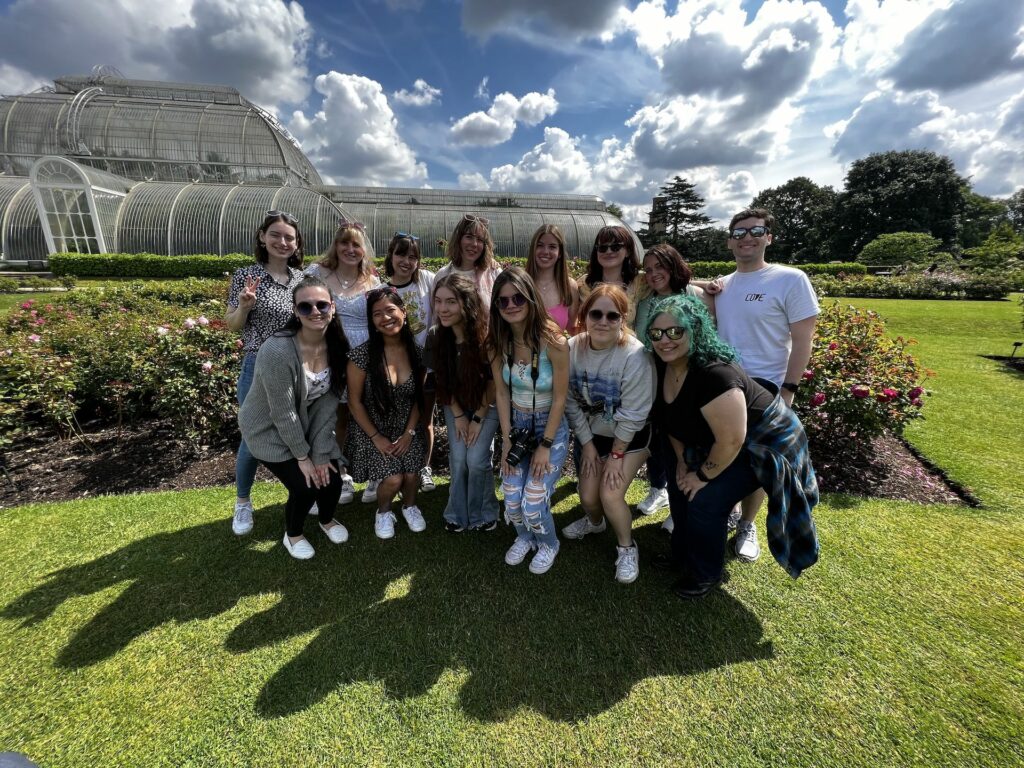
While chemistry and art might seem like polar opposites, chemistry professor Lynn Bradley and art professor Elizabeth Mackie are showing TCNJ students that there is in fact a unique link between the two areas: whether an artist is developing a photograph, mixing paints, or casting a sculpture, chemical reactions make artistic processes possible.
Bradley and Mackie know that understanding that link can enhance appreciation of both the science and the works of art, which is why they developed their study abroad course, “Exploring London Through the World of Art and Chemistry.” The course examines chemical processes in art history and diverse art practices. It was launched in 2010 as a first-year seminar that was writing-intensive. But Bradley and Mackie saw the need for more hands-on activities, labs and group discussions. They added those things, and made the course a study abroad program in 2013.
“We chose London because it’s a paradise of art and culture,” Mackie says. “There are a variety of museums and galleries, and the exhibitions are dynamic, which help bring the art alive for students.”
The program covers five units: metals, paper, glass, photography, textiles, and dyes. Before heading to London, students spend time on campus completing the course’s lab component and learning about topics like modifying metal. Then in London, students explore museums such as the Tate Modern and its materials exhibition, and the Victoria and Albert Museum, where they might have the opportunity to hear a resident artist discuss their work. The class also visits public sculpture and small galleries, a paper mill and glassblowing studio, and travels outside London to places like Lacock Village (the birthplace of photography), and to Oxford to discuss architecture.
Bradley says the interdisciplinary nature of the course makes it interesting to both science and non-science majors.
“Art students benefit from understanding chemical processes,” she says. “It puts them in a better position to make decisions about how to make their materials work. All students come to see that chemistry has interesting applications in the real world.”
The professors say another benefit for students is that they return from their time abroad much more independent and mature. That was the case for Vivian Rudolph ’25, a communication studies major who took the course this past summer and says the opportunity to spend three weeks in London made her more open-minded and appreciative of cultural differences in other countries.
“I learned it’s important to try new things even if you’re unsure about it,” she says. “I think this will help me in my future career because I will not be afraid to take risks and step out of my comfort zone.”
Bradley and Mackie will be offering the course again in 2023. But don’t expect it to look the same as last year’s.
“We’re always changing it,” Bradley says. “We enjoy the fact that there are opportunities for new cultural and art experiences that allow us to explore London.”
Learn more about the program at studyabroad.tcnj.edu.
— Kelley Freund
